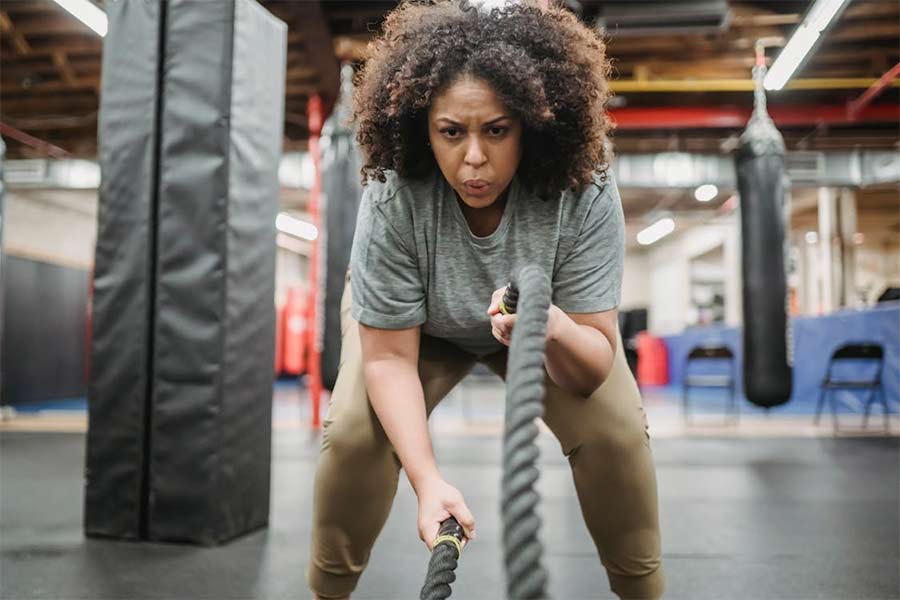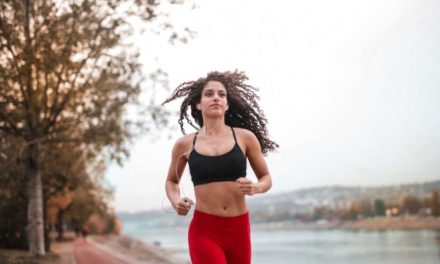If you thought that aging was changing your body, then just wait until menopause. Suddenly, physical changes, including night sweats, dry hair, and muscle aches, are all part and parcel of what you can expect. For obvious reasons, these physical shifts can make it difficult to manage the same exercise routine as you used to. But, considering that exercise is one of the best things you can do for health and hormonal preservation after menopause, you won’t want to just ditch it altogether. So, how do you find a middle ground?
Well, women most often find that simply adjusting their exercise routine is the best thing for healthy workouts after menopause. The trouble is that, with your body changing so quickly, you might have lost touch with which workouts you actually need. That’s why we’ve put together an article of suggestions that could end up being ideal.
Swimming
As we’ve discussed before, swimming is a great way to rebuild menopause muscle mass that you’ll inevitably lose faster than you ever thought possible. Swimming in cold water could even help to reduce those horrid hot flushes and mood swings!
Early morning sea swims are great for this purpose, and can also significantly boost your mood if you’re in an area where you can manage them. Alternatively, joining a wild swimming group that includes other women of your age can lead to both physical and mental benefits that will help you through these testing years.

High Intensity Interval Training (HIIT)
HIIT workouts might seem like an intense option compared with gentle swimming, and you should certainly build up to this kind of exercise rather than jumping right in. However, many women report notable improvements after HIIT sessions, and that’s hardly surprising considering that this kind of workout improves everything from insulin sensitivity to mood.
The relatively new concept of infrared HIIT workouts, like those offered by HOTWORX, can provide particular benefits for menopause, including improved hormonal regulation that could help with reducing hot sweats and mood swings. There’s even evidence to suggest that this warmer style of workout can improve bone density and muscle function in post-menopausal women.
Just be aware that you may want to speak to your doctor before getting stuck in, and you should definitely build HIIT sessions slowly to avoid overdoing it!

Yoga
From a hard-hitting exercise to a far more gentle one, yoga is another great option. In fact, you could argue that yoga is one of the most important options on this list for getting used to your body post-menopause, as it encourages a connection between the physical and mental that you won’t find elsewhere.
Benefits of yoga for women experiencing menopause include improved muscle and joint strength, reduced anxiety and stress, and vital core strength improvements. Top positions for menopause include Cat-Cow, Child’s Pose, and Gentle Warrior.
There really are plenty of options for a great workout both during and after menopause. Simply give these options a try to find the best option for you.















You must be logged in to post a comment.